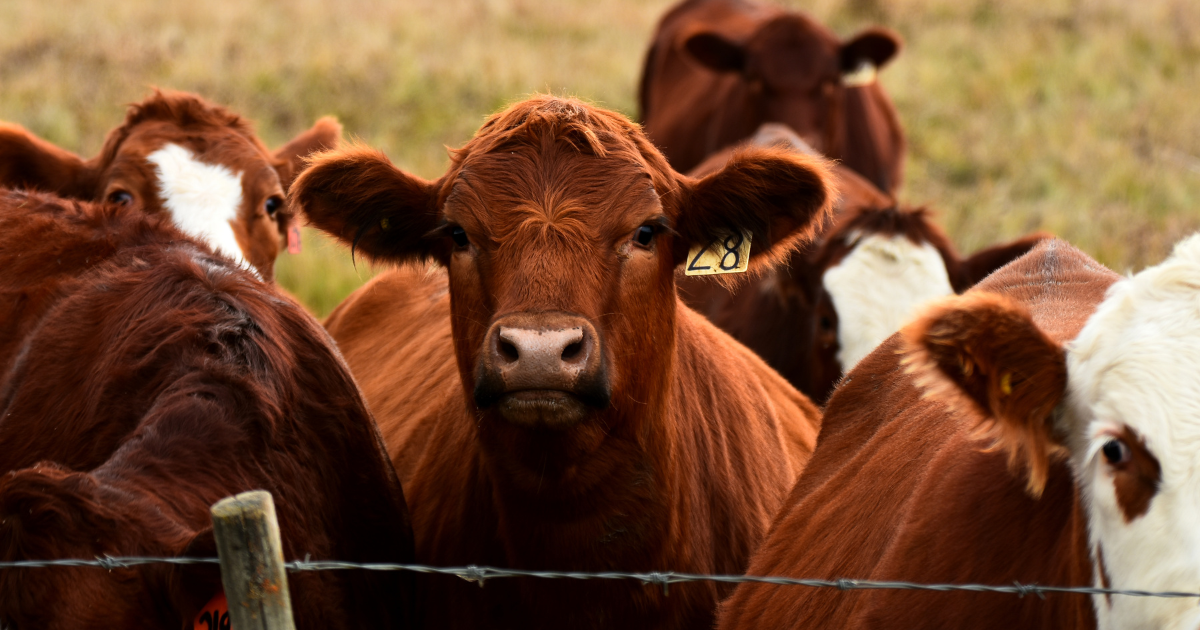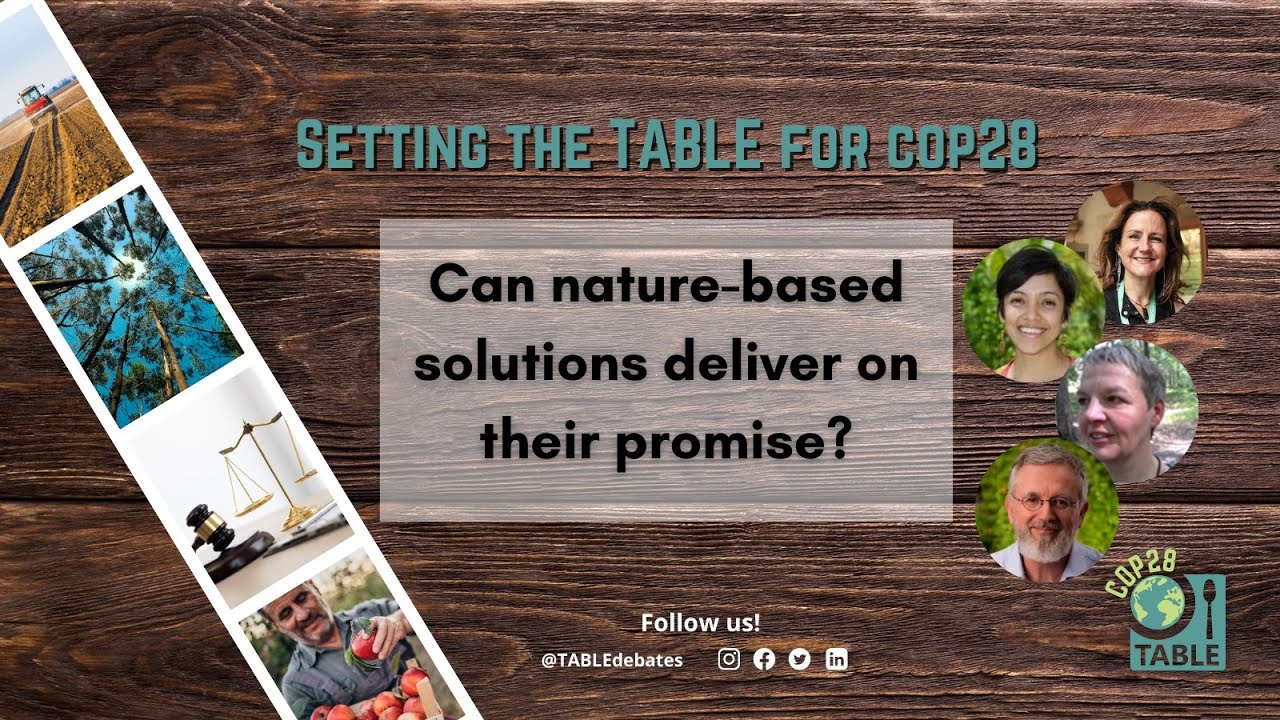Who would use that kind of type coercion? Who? I want to see his face.
VeganPizza69 Ⓥ
No gods, no masters.
- 13 Posts
- 208 Comments

 5·10 days ago
5·10 days agoNo, no, I come to Lemmy for petty moneylaundering tips.

 9·14 days ago
9·14 days agoNow this is what “I just wanna grill” should refer to.

 1·14 days ago
1·14 days agoCultural Evolution of Pants https://peterturchin.com/cultural-evolution-of-pants/
If you are in North America or Western Europe and look around, on any particular day, you will find most people wearing pants. But why is it the standard item of clothing for people, especially men belonging to the Western civilization. Why not a kilt, a robe, a tunic, a sarong, or a toga?

 1·19 days ago
1·19 days agoSo you were purposefully undermining yourself?
Because I wanted to give you some leeway to understand the some of nuances in this complex issue.
The fact that you’re trying to accuse me of NOT CHERRY PICKING THE MOST FAVORABLE ARTICLES is exceedingly disappointing.

 1·19 days ago
1·19 days ago🙄
I love how you think that I didn’t read it. As if you can imagine what’s in my head. Very disappointing for a so called skeptic.

 1·20 days ago
1·20 days agoI expect you to understand that some topics are more ambiguous, which means that there are more contradictory bits of information which are tied to different setups in context.
As the practice of raising these invertebrate animals is not happening at a large scale, the data for it is also weak and based on immature research. The ambiguity with decline over time, if there’s more research into this and it actually happens at a large scale.
In terms of food traditions, eating land insects is usually a luxury, which reflects the scarcity: https://www.finedininglovers.com/article/insect-delicacies-around-world The simple notion that “insect protein is cheap” is misleading.

 1·20 days ago
1·20 days agoCan anyone EILI5?
Sure. A lot of people voted for bullies who can talk themselves out of consequences.

 6·20 days ago
6·20 days agoeasy emotional messaging × a lot of funding from rich assholes of all types × great means of communication that can target audiences even in isolation.

 3·21 days ago
3·21 days agoabducted thousands of Palestinians

 0·22 days ago
0·22 days agoYes, I read it. Plants are still the superior option. I was being generous for your middle ground position.
If you knew anything about animal farming, you’d know that “garbage” can mean a lot of things. This hope of waste feeding gets trickier with invertebrates who don’t regulate their own body temperature. I’m saying that you’re being excessively optimistic about it.

 0·22 days ago
0·22 days agoCrickets Are Not a Free Lunch: Protein Capture from Scalable Organic Side-Streams via High-Density Populations of Acheta domesticus https://journals.plos.org/plosone/article?id=10.1371/journal.pone.0118785
It has been suggested that the ecological impact of crickets as a source of dietary protein is less than conventional forms of livestock due to their comparatively efficient feed conversion and ability to consume organic side-streams. This study measured the biomass output and feed conversion ratios of house crickets (Acheta domesticus) reared on diets that varied in quality, ranging from grain-based to highly cellulosic diets. The measurements were made at a much greater population scale and density than any previously reported in the scientific literature. The biomass accumulation was strongly influenced by the quality of the diet (p<0.001), with the nitrogen (N) content, the ratio of N to acid detergent fiber (ADF) content, and the crude fat (CF) content (y=N/ADF+CF) explaining most of the variability between feed treatments (p = 0.02; R2 = 0.96). In addition, for populations of crickets that were able to survive to a harvestable size, the feed conversion ratios measured were higher (less efficient) than those reported from studies conducted at smaller scales and lower population densities. Compared to the industrial-scale production of chickens, crickets fed a poultry feed diet showed little improvement in protein conversion efficiency, a key metric in determining the ecological footprint of grain-based livestock protein. Crickets fed the solid filtrate from food waste processed at an industrial scale via enzymatic digestion were able to reach a harvestable size and achieve feed and protein efficiencies similar to that of chickens. However, crickets fed minimally-processed, municipal-scale food waste and diets composed largely of straw experienced >99% mortality without reaching a harvestable size. Therefore, the potential for A. domesticus to sustainably supplement the global protein supply, beyond what is currently produced via grain-fed chickens, will depend on capturing regionally scalable organic side-streams of relatively high-quality that are not currently being used for livestock production.
Could consumption of insects, cultured meat or imitation meat reduce global agricultural land use? https://www.sciencedirect.com/science/article/pii/S2211912417300056

Animal products, i.e. meat, milk and eggs, provide an important component in global diets, but livestock dominate agricultural land use by area and are a major source of greenhouse gases. Cultural and personal associations with animal product consumption create barriers to moderating consumption, and hence reduced environmental impacts. Here we review alternatives to conventional animal products, including cultured meat, imitation meat and insects (i.e. entomophagy), and explore the potential change in global agricultural land requirements associated with each alternative. Stylised transformative consumption scenarios where half of current conventional animal products are substituted to provide at least equal protein and calories are considered. The analysis also considers and compares the agricultural land area given shifts between conventional animal product consumption. The results suggest that imitation meat and insects have the highest land use efficiency, but the land use requirements are only slightly greater for eggs and poultry meat. The efficiency of insects and their ability to convert agricultural by-products and food waste into food, suggests further research into insect production is warranted. Cultured meat does not appear to offer substantial benefits over poultry meat or eggs, with similar conversion efficiency, but higher direct energy requirements. Comparison with the land use savings from reduced consumer waste, including over-consumption, suggests greater benefits could be achieved from alternative dietary transformations considered. We conclude that although a diet with lower rates of animal product consumption is likely to create the greatest reduction in agricultural land, a mix of smaller changes in consumer behaviour, such as replacing beef with chicken, reducing food waste and potentially introducing insects more commonly into diets, would also achieve land savings and a more sustainable food system.

 0·22 days ago
0·22 days agoThere are plenty of amino-acids in plants, there’s no need for wasting resources on insects.
In reality, the subsidies meant for these invertebrate animal farms will be lead to more feed for the vertebrate animal farms, in the shape of “concentrated protein feed”.

 1·24 days ago
1·24 days agoAnd is the dose of mercury in the old vaccines enough to do cause such effects?

 8·24 days ago
8·24 days agoThe autism fear stems from a grifter doctor.













Squashing
https://www.atlassian.com/git/tutorials/rewriting-history
You can also amend for a softer approach, which works better if you don’t push to remote after every commit.
You can keep amending commits and creating more chunky and meaningful ones in an incremental way. Think of it as converting baby steps into an adult step.